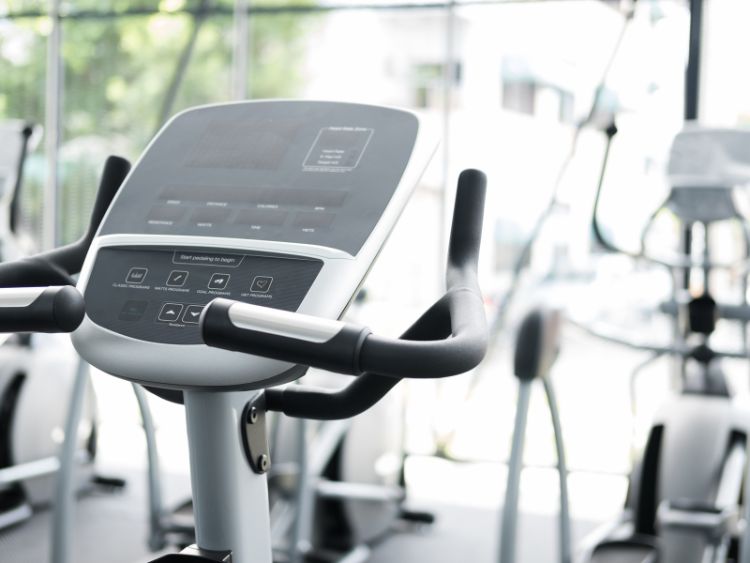Shipping fitness equipment requires meticulous planning and preparation to ensure that the items arrive at their destination in the same condition they left. Whether you’re moving a gym, sending a piece of equipment to a buyer, or relocating, understanding the proper techniques to protect your fitness equipment during transit is crucial. Here we provide a comprehensive guide on how to safeguard your fitness equipment during shipping.
- Understand Your Equipment
Before you begin the packing process, it’s essential to thoroughly understand the type of equipment you’re dealing with. Fitness equipment can range from small, compact dumbbells to large, complex machines like treadmills and elliptical trainers. Each type of equipment will have its specific packing needs based on its size, weight, and fragility.
- Disassemble What You Can
To make transportation easier and safer, disassemble your equipment as much as possible. This step reduces the risk of damage by minimizing the equipment’s size and making it easier to handle. For example, remove weights from barbells, dismantle the arms from an elliptical trainer, and fold treadmills where applicable. Make sure to keep track of all screws, bolts, and small parts by placing them in labeled bags.
- Secure Loose Parts
After disassembly, ensure all loose parts are secured. This can involve wrapping them separately or securing them to a larger part of the equipment with zip ties or strong tape. This prevents movement during transit, which could lead to scratches or more severe damage.
- Use the Right Packing Materials
Choosing the right packing materials is critical in protecting your fitness equipment. Use bubble wrap, foam sheets, and padding to cover each part of the equipment thoroughly. Pay special attention to protruding parts and edges, which are more susceptible to damage. For heavier items, consider using moving blankets that can absorb shocks during the move.
- Choose Appropriate Boxes and Crates
If possible, use the original boxes and packing materials for your equipment. If these aren’t available, opt for sturdy, new cardboard boxes or wooden crates that are slightly larger than the equipment parts you’re packing. This extra space allows for sufficient cushioning material around each component. Ensure that the boxes or crates are durable enough to handle the weight and can be securely sealed.
- Pack Tightly to Avoid Movement
When placing your equipment in boxes or crates, make sure there is little to no room for movement. Use additional padding and packing materials to fill any gaps. This setup prevents the equipment from shifting, which is a common cause of damage during transport.
- Label Your Packages
Labeling is an often-overlooked but essential part of packing for shipping. Clearly mark each package with “Fragile,” “Handle with Care,” and “This Side Up” to inform handlers of the need for careful treatment. Additionally, labeling each box with a list of contents and which part of the equipment it belongs to can be incredibly helpful during reassembly.
- Choose a Reliable Shipping Company
Selecting a reputable shipping company that has experience in handling large and delicate items like fitness equipment is crucial. Research potential shippers, read reviews, and compare rates and service terms. Discuss with them the nature of your equipment and any special handling instructions they need to follow. For reliable service, consider using Shiply, known for their expertise in shipping large items securely. Visit https://www.shiply.com/de/speditionsversand/
- Consider Insurance
Shipping large and expensive items such as fitness equipment comes with inherent risks. Purchasing shipping insurance can provide peace of mind by covering any potential damages or losses during transit. Ensure the insurance coverage matches the value of the equipment.
- Track Your Shipment
Most shipping services offer tracking options. Use this feature to keep an eye on your equipment’s journey, ensuring it stays on the correct path and identifying any issues that might arise as quickly as possible.
Conclusion:
Shipping fitness equipment successfully is all about the details—from understanding the specifics of your equipment and dismantling it properly to choosing the right packing materials and shipping company. By following these steps, you can significantly minimize the risk of damage, ensuring that your fitness equipment arrives safely at its new destination. This careful approach not only protects your investment but also provides assurance that your equipment will continue to serve its purpose without interruption or additional cost.

